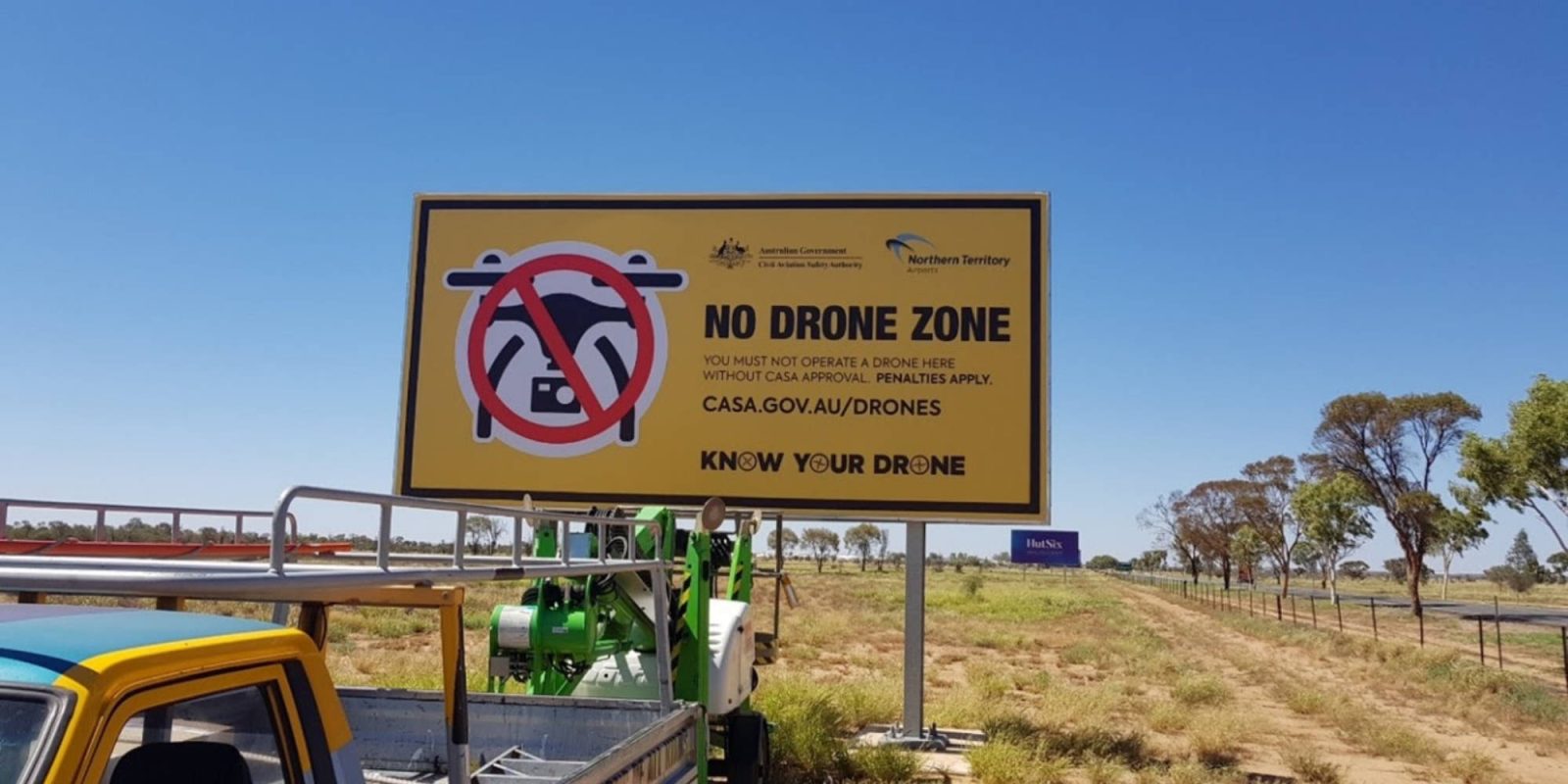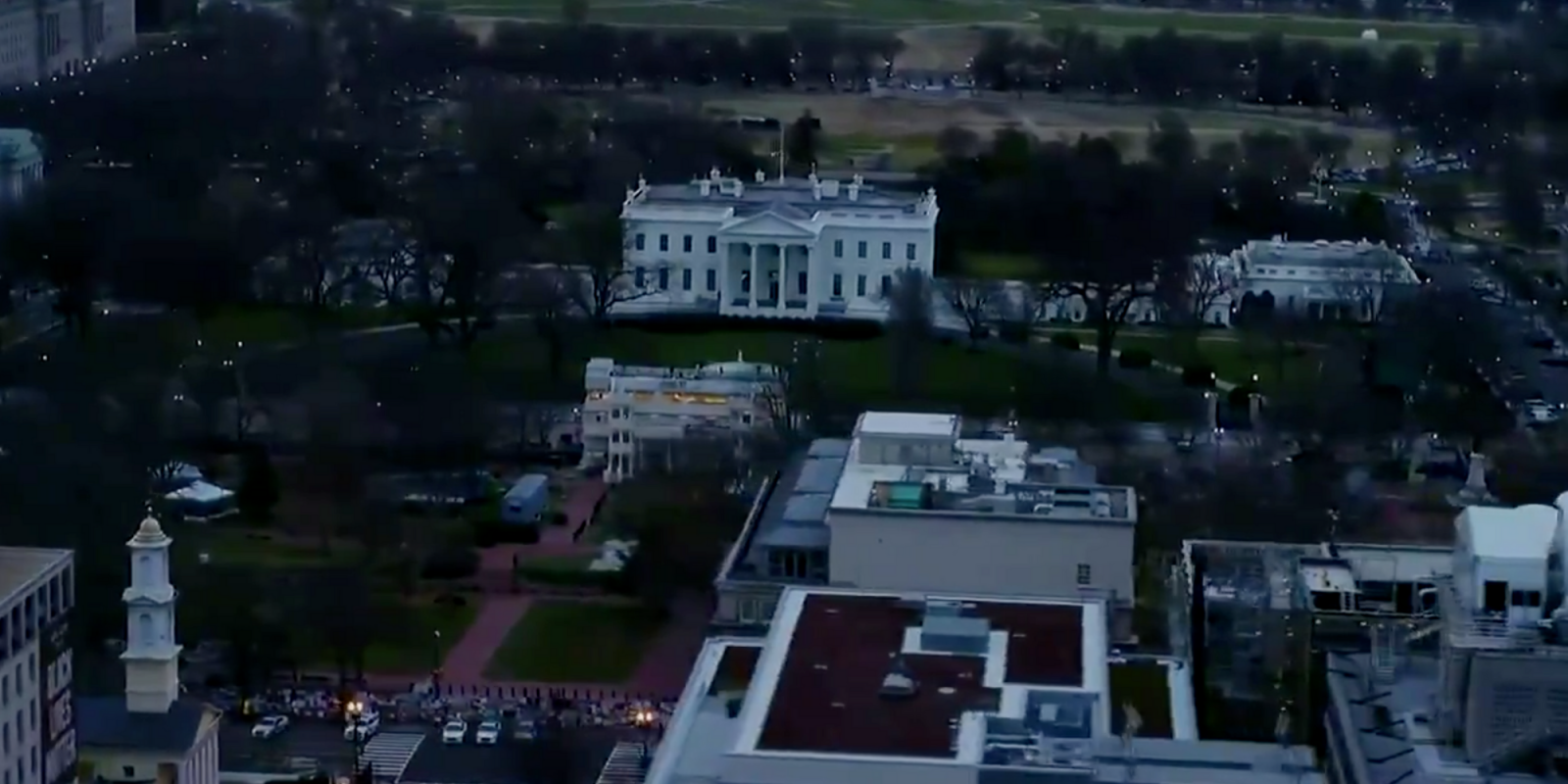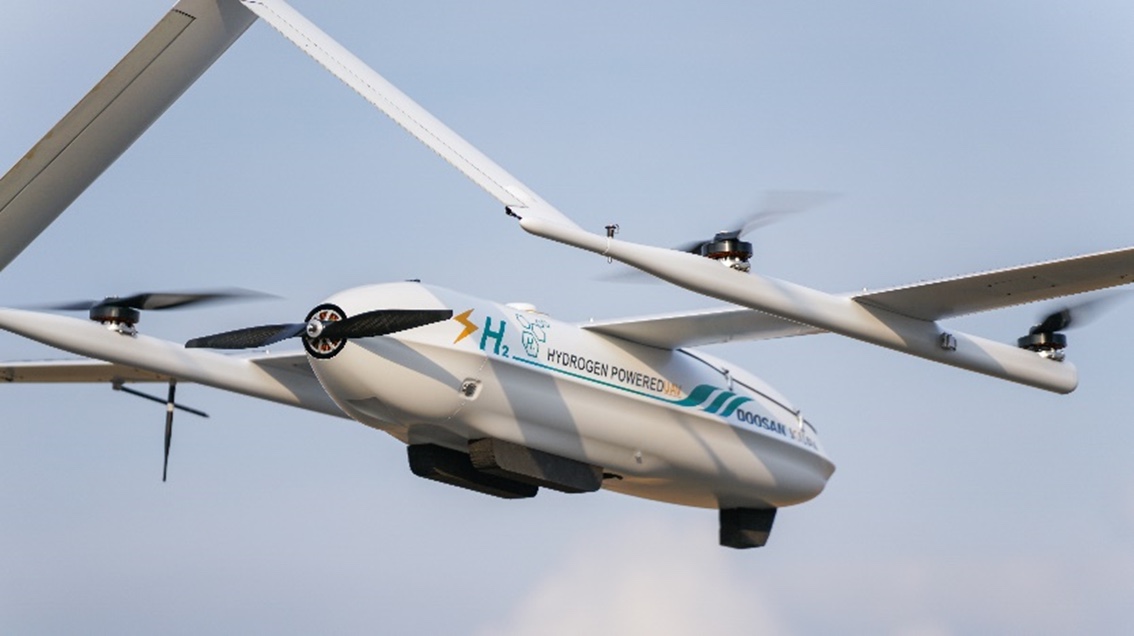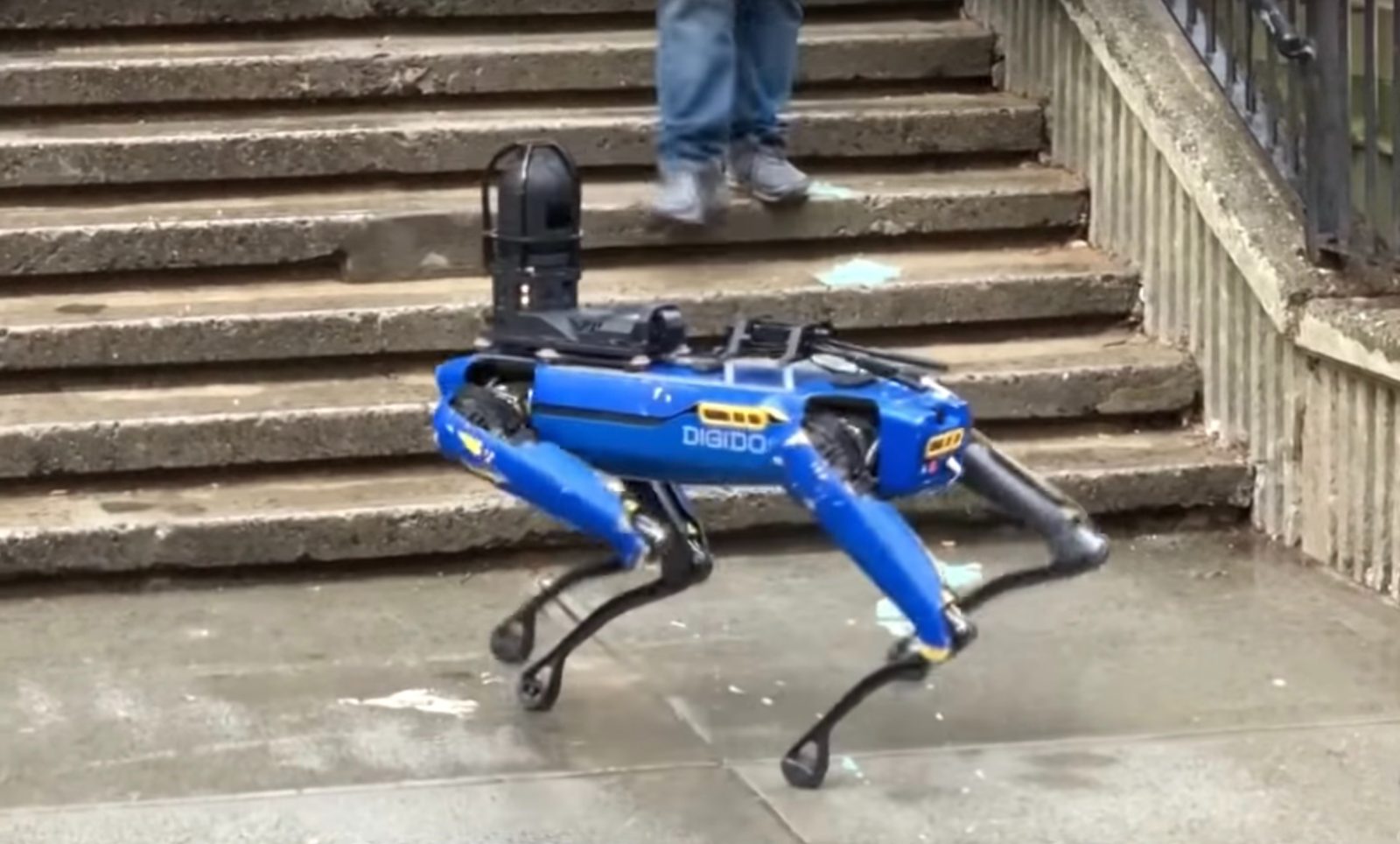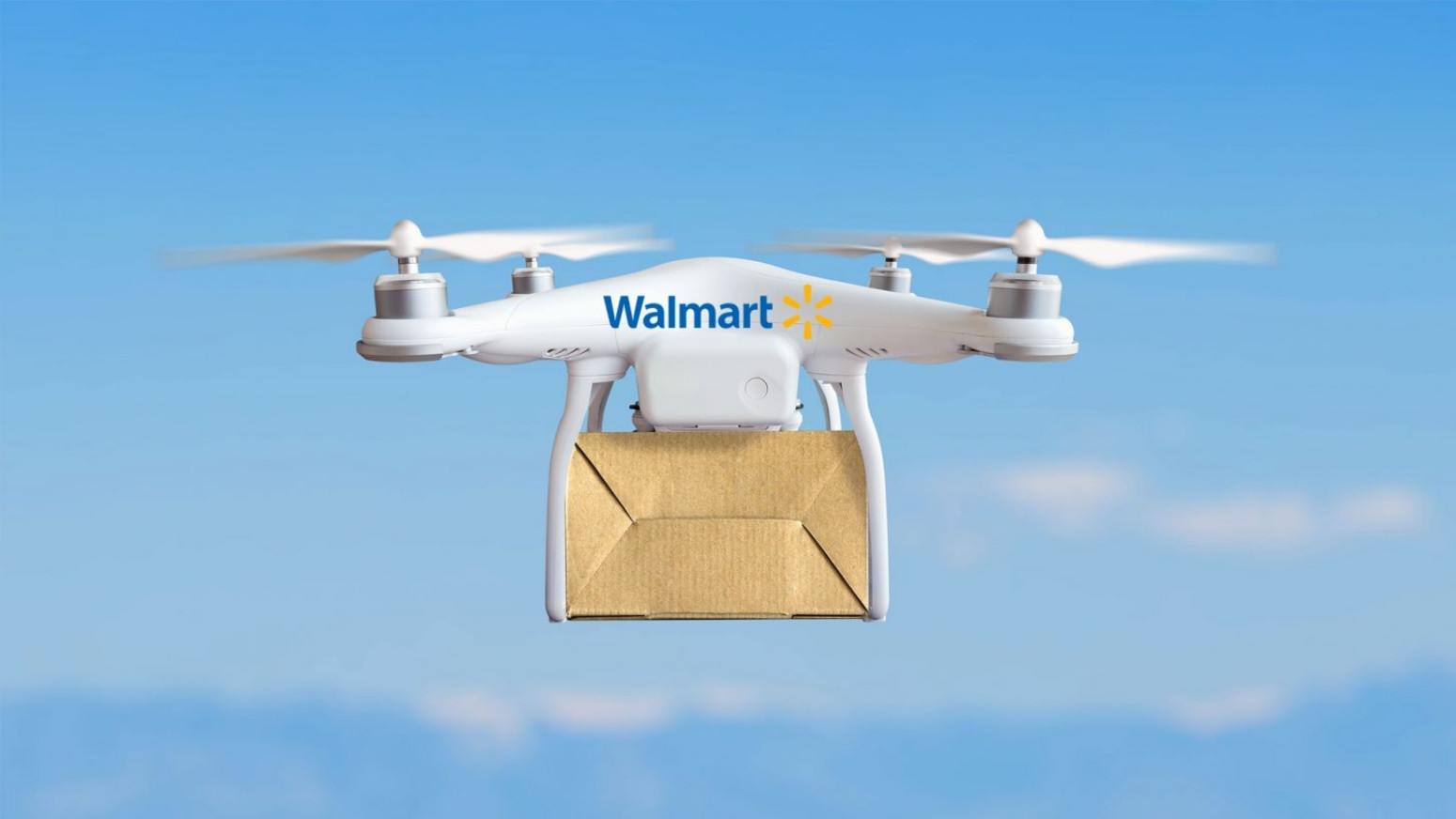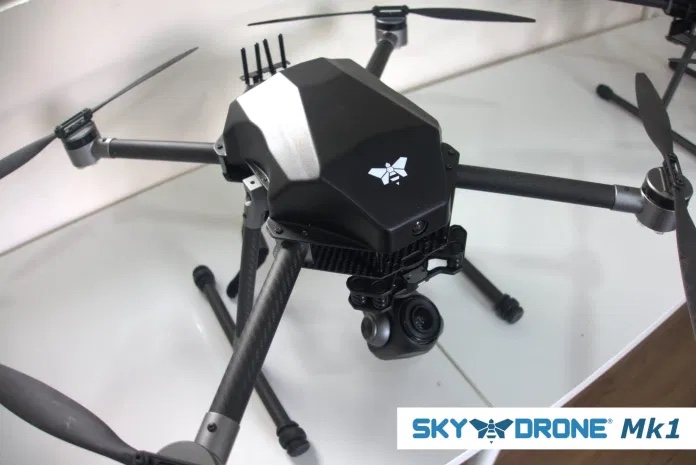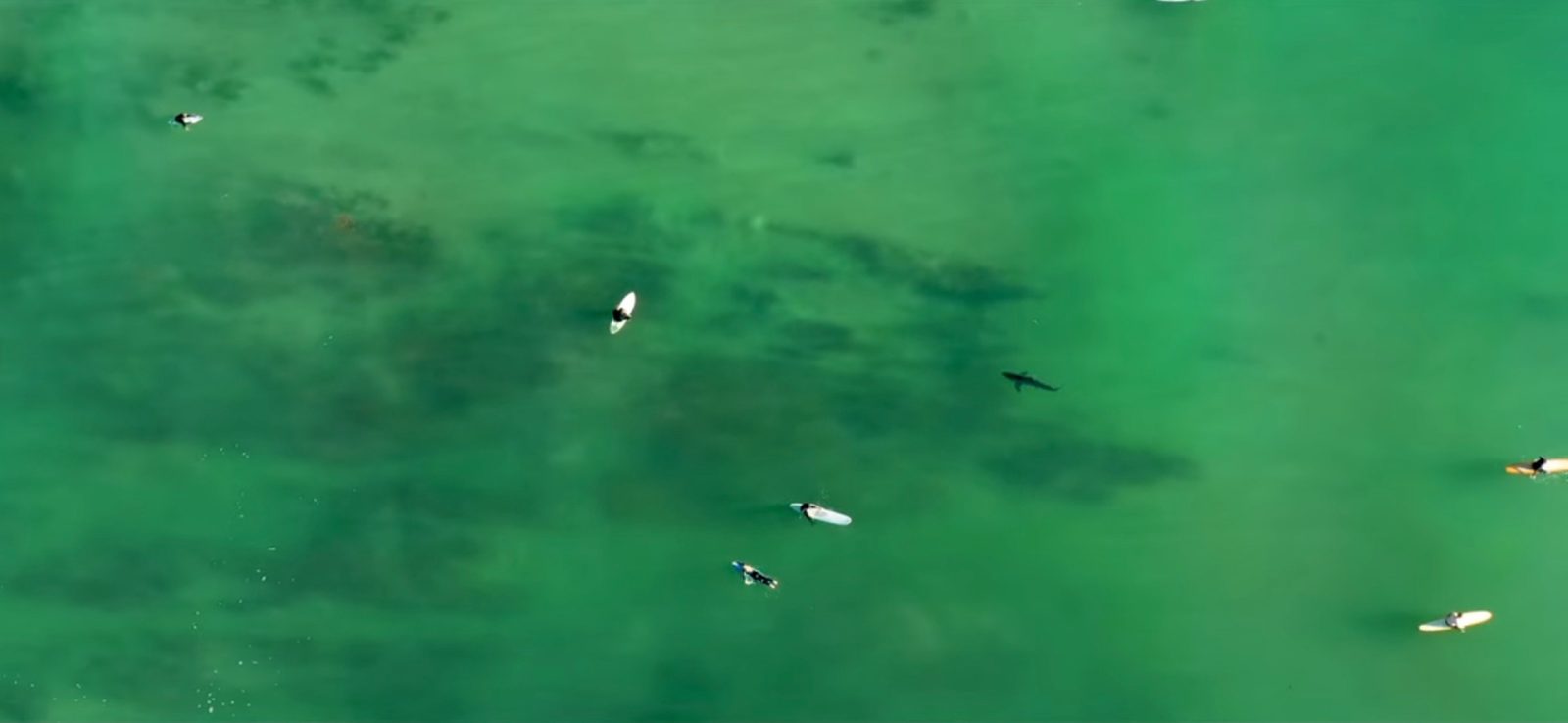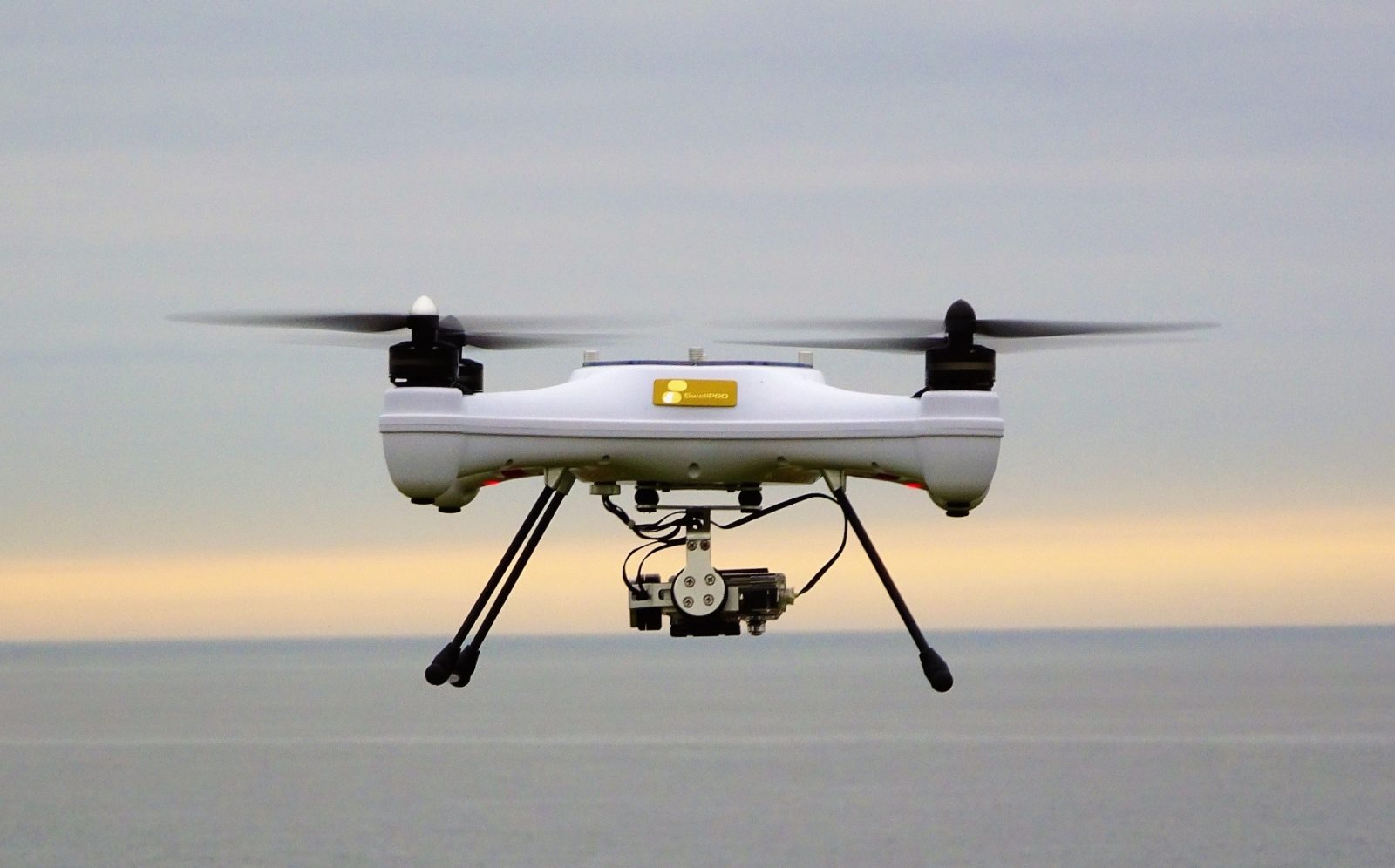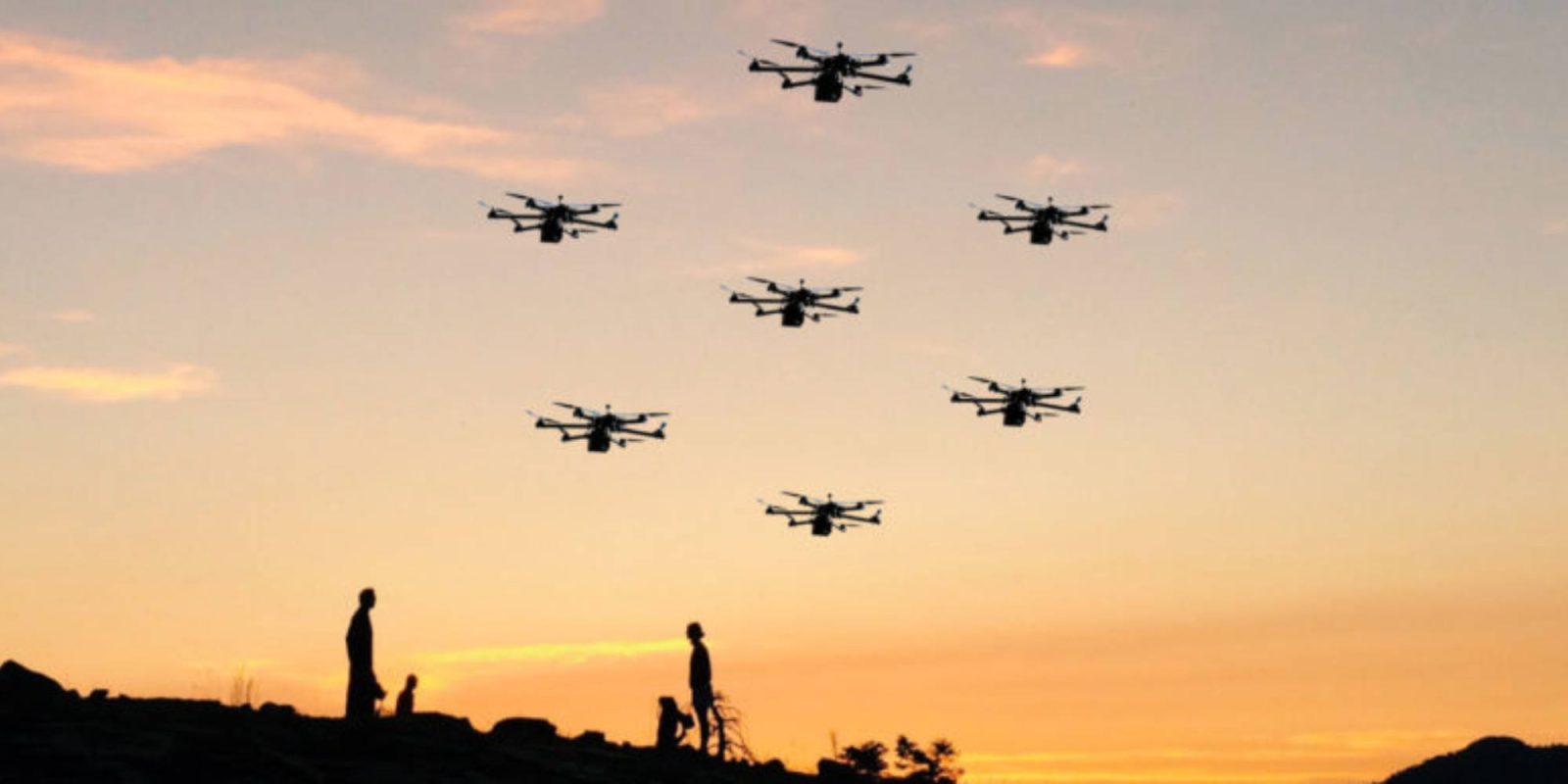Look: more European drone-blasting laser tech!

Another (laser) nation heard from. After our post yesterday on efforts by the Italian military to develop drone-culling laser technologies, up steps a small French company boasting its own craft-blasting energy device that it calls nearly ready for the market.
Expand Expanding Close
